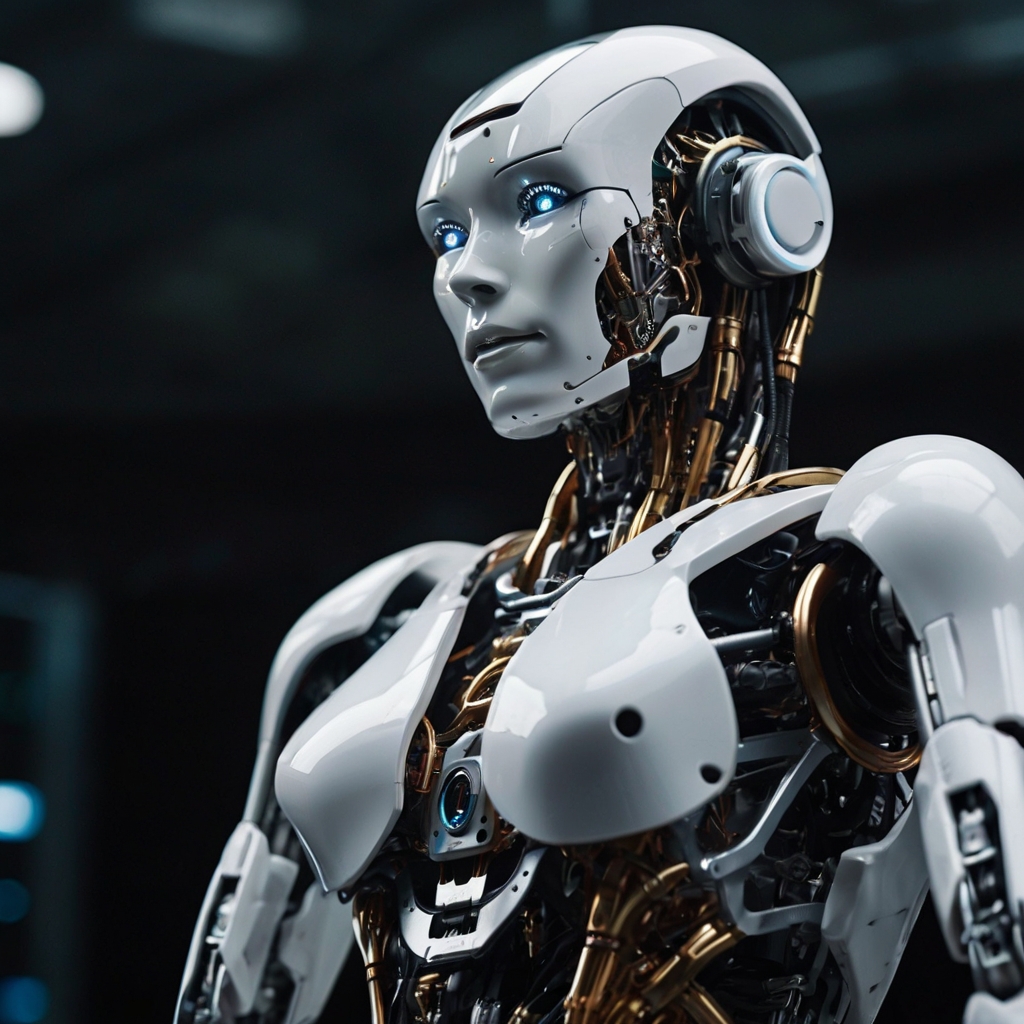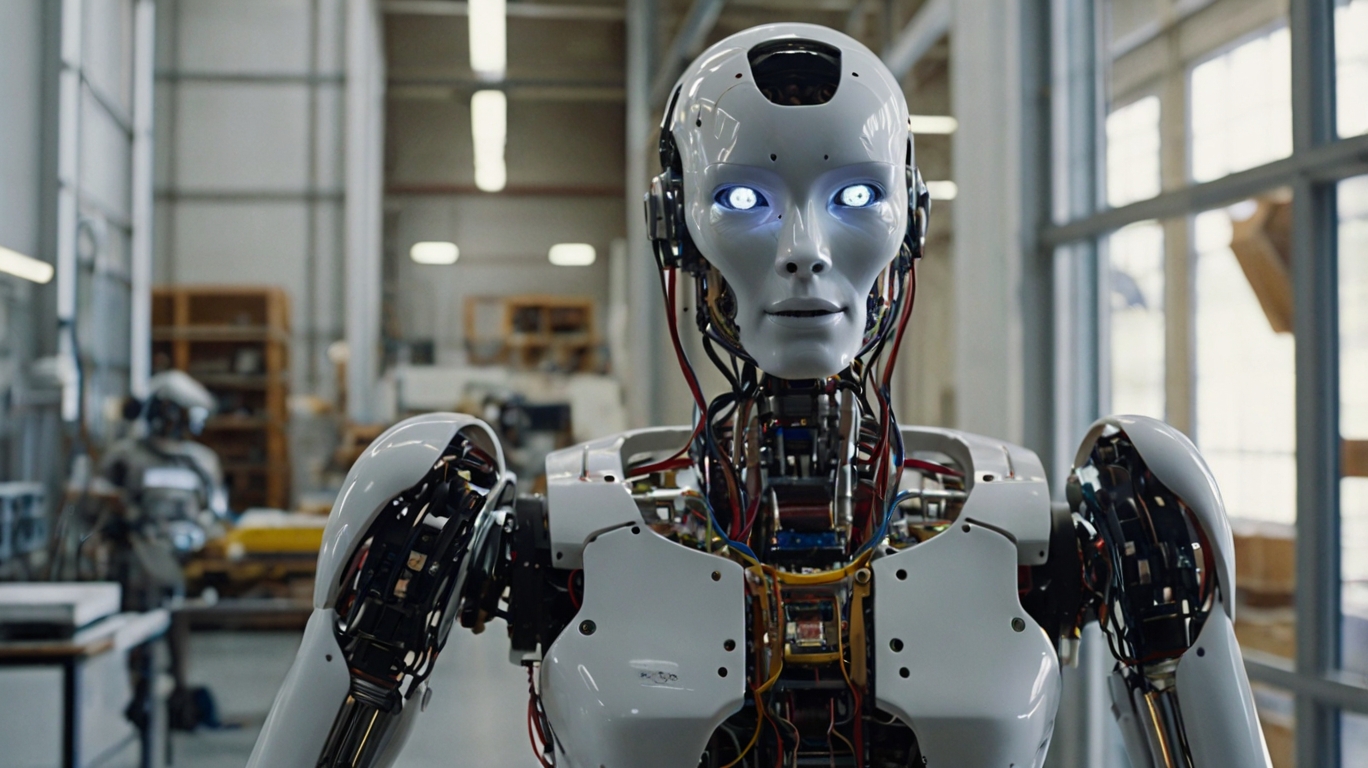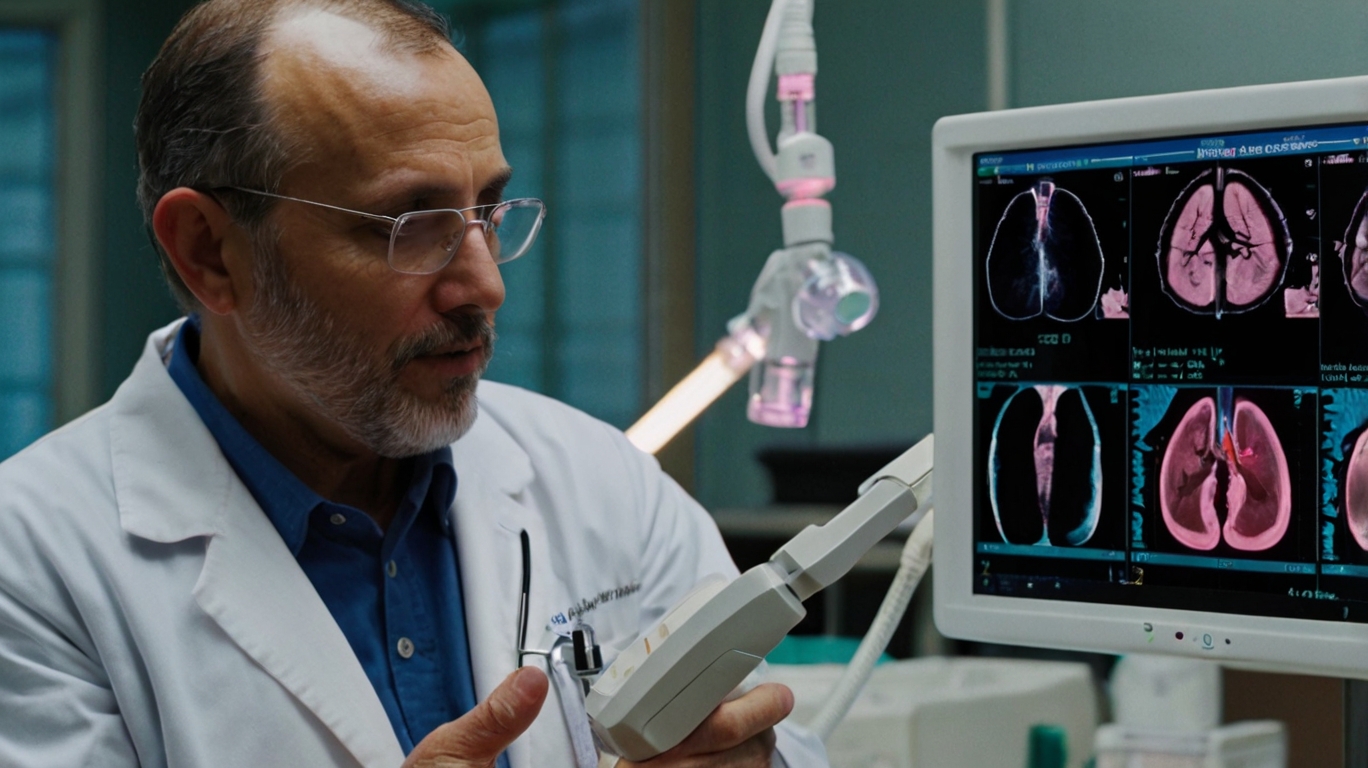Silicon Valley’s Big Bet on Humanoid Robots
Silicon Valley is intensifying its focus on humanoid robotics, with tech giants and startups alike investing heavily in the development of human-like machines designed to perform a variety of tasks. Companies such as Meta Platforms, Tesla, and Figure AI are at the forefront of this movement, aiming to revolutionize industries ranging from manufacturing to household services.
Meta’s Strategic Move into Robotics
Meta Platforms has recently established a dedicated division within its Reality Labs unit to develop AI-powered humanoid robots. This initiative, led by former Cruise CEO Marc Whitten, focuses on creating consumer robots capable of assisting with physical tasks. By leveraging its AI models, known as Llama, Meta aims to enhance its mixed and augmented reality programs, signaling a significant expansion beyond its traditional social media and virtual reality ventures.
This move suggests that Meta envisions a future where AI-powered humanoid robots seamlessly integrate into everyday life, performing tasks that require dexterity, intelligence, and real-world adaptability.

Silicon Valley’s Bold Leap into AI-Powered Automation
Tesla’s Optimus: A Vision for the Future
Elon Musk’s Tesla is advancing its humanoid robot project, Optimus. Introduced in 2022, Optimus is designed to take over dangerous and repetitive tasks. While Tesla aims to integrate these robots into its manufacturing operations, Musk envisions that, in the future, these machines will enter consumer markets, offering personal assistance and automating household chores.
Despite ambitious projections, experts suggest that achieving fully autonomous, general-purpose humanoid robots is still years away due to technical and practical challenges. While Tesla’s Optimus has made significant progress in mobility and AI-driven decision-making, true autonomy remains a major hurdle.
Figure AI’s Rapid Ascendancy
Figure AI, founded in 2022, has quickly become a major player in humanoid robotics. With its Figure 02 robot, the company is partnering with BMW to introduce robots into automotive manufacturing. Figure 02 boasts improved dexterity, AI-driven adaptability, and is designed to work alongside human operators in complex industrial environments.
Investors such as OpenAI, Microsoft, Nvidia, and Jeff Bezos are backing the company’s mission, signaling the immense potential of AI-powered robots in reshaping the labor force. Figure AI’s approach highlights a future where humanoid robots work collaboratively with humans in factories, warehouses, and beyond.
Challenges on the Path to Ubiquity
Despite rapid advancements, humanoid robotics still faces significant hurdles. AI development, sensor technology, and mechanical engineering must progress further to enable robots to navigate and adapt to dynamic environments seamlessly.
Societal acceptance is another key challenge, as concerns over job displacement, ethical considerations, and potential security risks need to be addressed. Governments and industry leaders will need to work together to establish regulatory frameworks that promote responsible AI and robotic development.
As these technologies evolve, a balance between innovation and ethical responsibility will be crucial in ensuring a smooth transition to a robotic future. While Silicon Valley’s push for humanoid robotics is accelerating, true mainstream adoption will require breakthroughs in AI intelligence, real-world learning, and mechanical precision.
The race to bring humanoid robots into the workforce is on, but achieving widespread integration will take years—if not decades.


